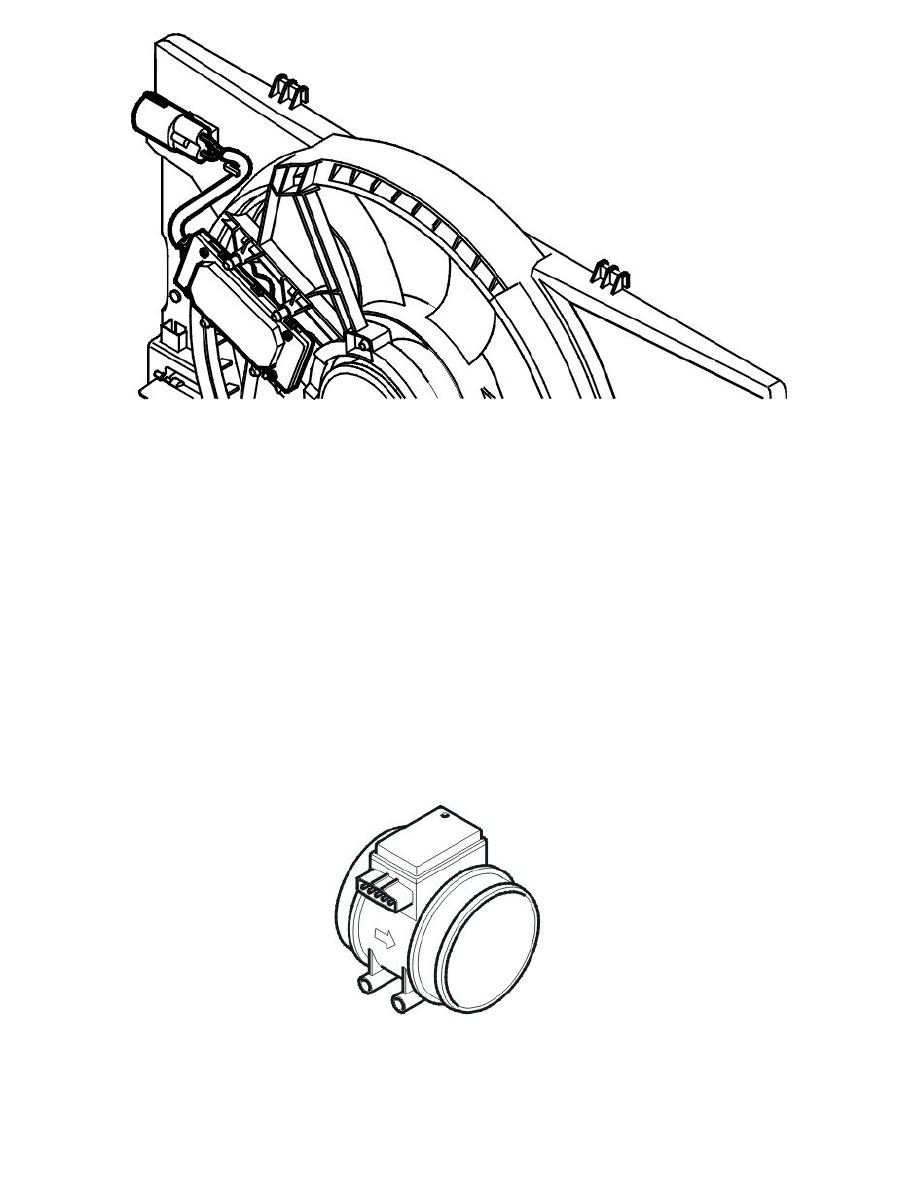V50 L5-2.4L VIN 39 B5244S7 (2005)

Note! The engine cooling fan may have a post-run of up to approx. 6 minutes after the engine has been turned off. The time for the fan's
post-run depends on engine temperature, temperature in the engine compartment and pressure level in the AC-system.
Warning! Be careful since the engine cooling fan may have a post-run after the engine has been turned off.
The engine cooling fan (FC) has two functions. One is to cool the engine compartment, the other is to cool the condenser when the air conditioning (A/C)
compressor is working.
The engine control module (ECM) transmits a pulse width modulated (PWM) signal to the engine cooling fan (FC) control module. The control module
then activates the fan at different speeds. The speed of the engine cooling fan (FC) is determined by the engine control module (ECM), depending on the
coolant temperature (based on the signal from the engine coolant temperature (ECT) sensor) and the vehicle speed.
The temperature conditions for engagement of the different engine cooling fan (FC) stages may vary slightly, depending on the engine variant and the
equipment level. The temperature conditions apply when:
-
the A/C is off
-
no faults are detected by the Engine Control Module (ECM).
Warning! Be careful since the engine cooling fan may have a post-run after the engine has been turned off.
The engine cooling fan (FC) and its control module are behind the radiator.
The engine control module (ECM) can diagnose the engine cooling fan. The fan can be activated using VIDA.
Mass air flow sensor
Overview
The mass air flow (MAF) sensor on naturally aspirated engines is a combined sensor and contains two sensors in the same component:
-
mass air flow (MAF) sensor
-
temperature sensor.
